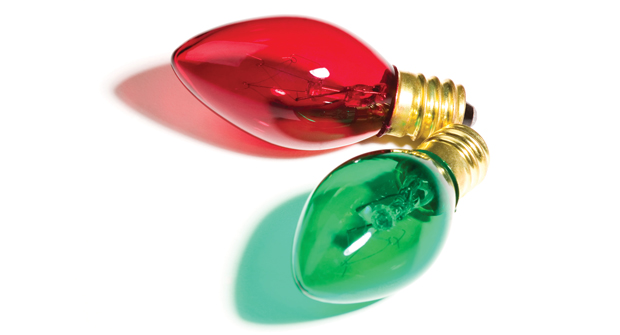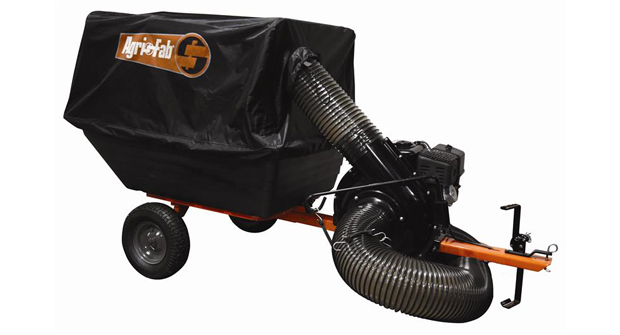Landscape contractors offer Christmas light installation as an add-on service to existing and new customers primarily to fill in the gaps during their off-season.
Here are some things to consider when adding holiday lighting to your operational portfolio.
A slow start
The margins are relatively thin the first season contractors provide lighting services to clients. Returning clients begin to generate a respectable profit for the contractor in the second, third, and subsequent years.
“You custom fit a house or a commercial business in year one, then you’re going back year after year putting the same stuff back up, and it’s already fit (to that building),” says Jim Schill, market president at Schill Grounds Management. “Then your only expense is labor and any replacements, like gutter clips or special fasteners, that are either broken or lost.”
Headquartered in North Ridgeville, Ohio, Schill Grounds Management — No. 27 on the 2023 LM150 list, with a revenue of $92,500,000 — is a full-service landscape maintenance company, holiday lighting makes up about 10 percent of its annual revenue.
Keep a tight schedule
To increase return rates, consider an incentive — like a 5- or 10-percent discount — that encourages clients to renew the service in the summer, as early as July. This provides an advanced outlook on which clients are returning and which are new this season.
“We do our best to get (returning) clients lined up in advance,” says Hobie Barrett, owner of Barrett Landscaping in Savannah, Ga. “And many of our new clients typically come through our website.”
Barrett is primarily focused on residential landscape maintenance (70 percent), lawn fertilization (15 percent), and enhancements (15 percent).
Ideally, contractors should begin putting up lights starting the first of November and hopefully have them installed by Thanksgiving or the first week in December at the latest. Once the holiday season is over, lights are uninstalled and stored away for next year by the end of January.
If scheduling and labor availability are issues, an option to consider is subcontracting the set-up work to allied contractors (for example, construction or tree services) who are experienced working on ladders and roof lines and are eager for employment opportunities before calling it quits for the winter.
Avoid cheap lights
Landscapers engaged in holiday light installation will want to invest in the best quality Christmas lights and installation equipment for the most profit. Don’t be tempted by price-friendly lights available through local big-box stores, contractors caution. Pro-grade lights offer greater reliability season after season, which reduces costly service calls.
“Pro-grade lights are very resilient and have greater reliability,” Barrett says. “Over the last few years, we may have gone out on three service calls to address faulty lighting.”
Because holiday lights have upfront costs, it’s important to own the lights and store them in the off-season. This allows them to be reused season after season or applied to new clients’ properties.
“Per our agreement, we own the lights, and we take them down and store them so that they can be set up again the next year without any issues,” Barrett says. “This is helpful because we typically do roof-line lighting, and the lights, after the first year, are correctly sized for the client’s home, saving a considerable amount of set-up time.”
Consider a franchise
Schill Grounds Management has two locations that contract with the Christmas Decor franchise based in Irving, Texas, and has more than 200 locations throughout the U.S. and Canada.
One advantage is that the franchise generates leads and establishes protected territories — based on zip codes — for landscape contractors, improving the frequency of new business.
Another benefit is the ability to buy in bulk. Plus, buying through the franchise gives them access to a variety of lights.
“We keep it to a very small sample size, though … we’re not trying to be the Griswolds,” Schill says.


